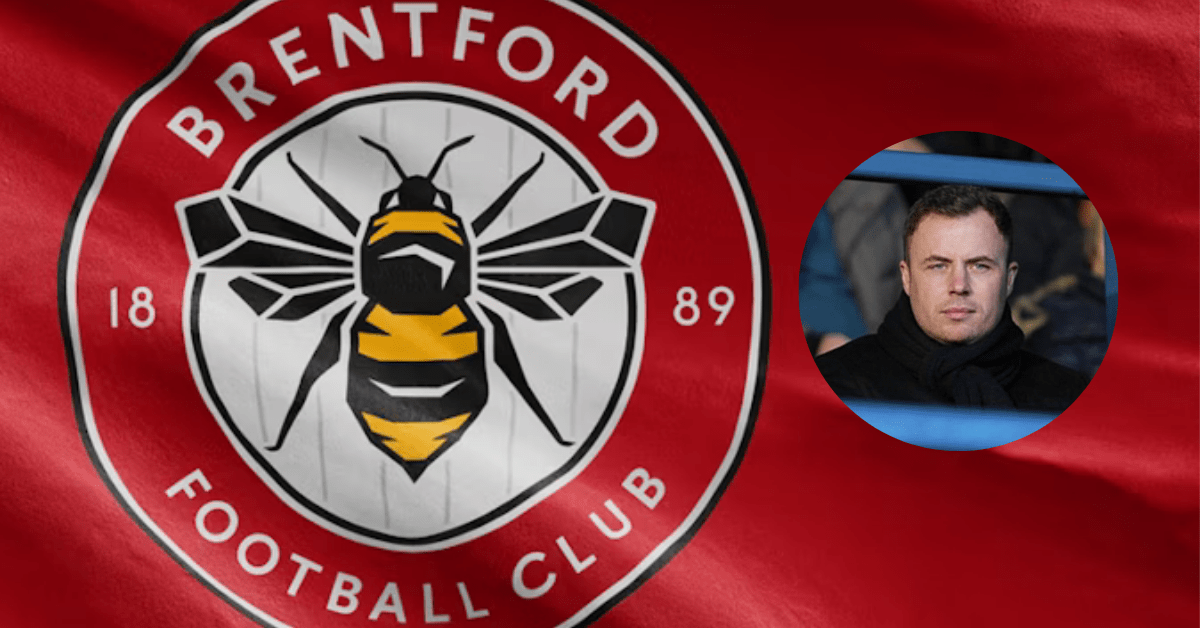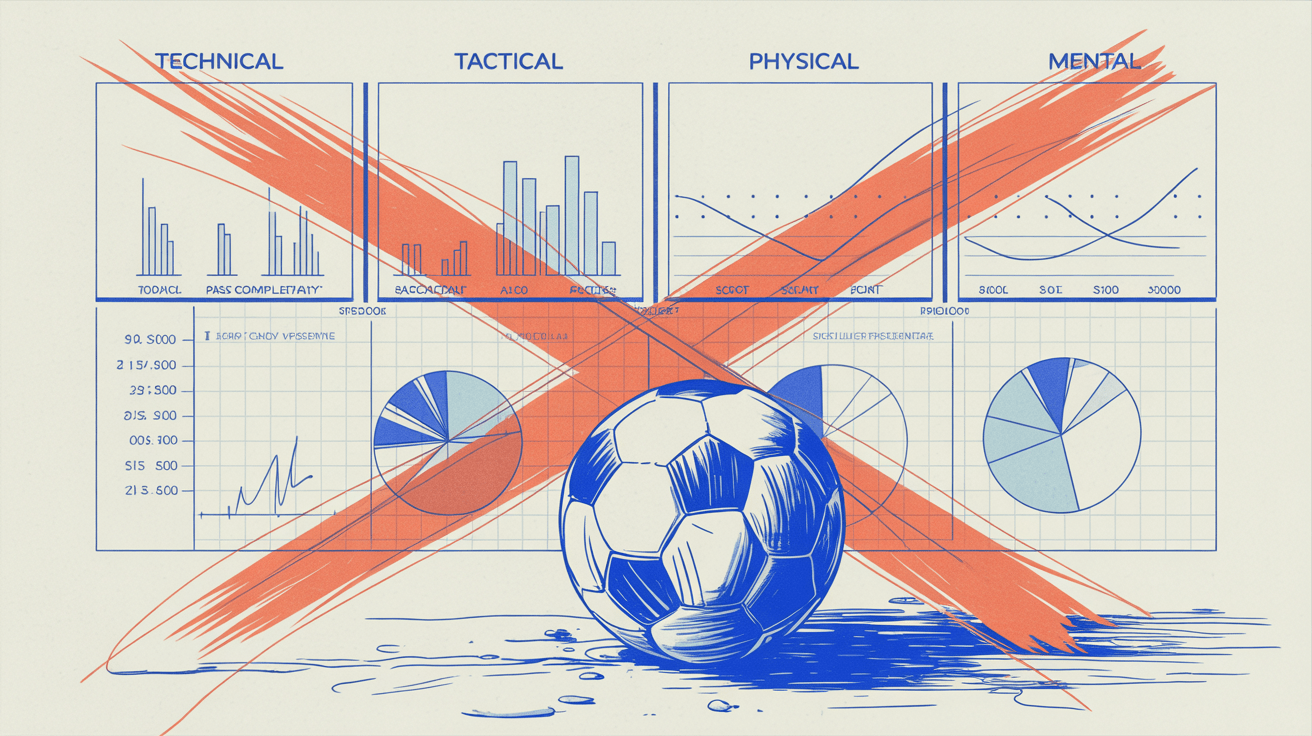Brentford FC has outperformed wealthier Premier League rivals through a systematic and innovative recruitment approach. Their success stems from a robust seven-stage scouting model, as outlined by Technical Director Lee Dykes on the club’s website. Additionally, The Athletic sheds light on Brentford’s unique strategies, illustrating their blend of innovation and traditional scouting methods.
If you want to know how scouting departments operate and the strategies they employ, although the interview is a year old, it is still an interesting read for every (aspiring) scout. Their scouting process has helped land notable talents like Ollie Watkins, Saïd Benrahma, David Raya, and Ivan Toney.
1. Data Collection & Player Identification
At the heart of Brentford’s recruitment model is Smartodds, a sophisticated statistical tool developed by owner Matthew Benham. This platform compiles data on over 85,000 players globally. Initially designed for gamblers, Smartodds is now integral to Brentford’s talent search, offering insights into players’ performance metrics across various leagues. However, video scouting complements this data, allowing Brentford’s team to verify stats and visually assess player performance nuances.
2. Narrowing Down Positions
Brentford’s Director of Football Operations, Lee Dykes, reshapes the conventional view of positions. He identifies 16 specific roles instead of the traditional 11. Each role is evaluated using six criteria that combine quantitative data with qualitative input from scouts worldwide. Video scouting is crucial at this stage, enabling Brentford’s scouts to dive deeper into the nuances of player versatility, observing how they adapt to different in-game scenarios.
3. Position Priority and Player Selection
As the transfer window approaches, Brentford’s team prepares for all 16 positions by narrowing down potential recruits to the top two or three players for each role. This process blends data analysis with subjective evaluations from scouts, underpinned by rigorous video scouting reports. For instance, over 50 detailed video scouting reports were prepared before approaching Bryan Mbeumo, highlighting video footage’s critical role in understanding a player’s strengths, weaknesses, and fit for the team.
4. Key Decision-Making
Brentford’s decision-makers, including Dykes, head coach Thomas Frank, and scouts, engage in a collaborative process. Here, data from video scouting becomes indispensable, allowing for the thorough assessment of players’ tactical fit, potential impact, and financial viability. Video footage helps evaluate how a player might perform within Brentford’s specific playing style, particularly in pressure situations.
5. Consultation and Input
Dykes leads a transfer committee that involves input from coaches, scouts, and data analysts. They rely heavily on video scouting to validate data-driven decisions. These insights are essential for head coach Thomas Frank, who makes the final call, ensuring the player aligns with his tactical requirements.
6. Final Decision and Player Recruitment
After consultation, a final decision is made regarding a player’s recruitment. Brentford’s holistic approach, combining video and data, ensures they recruit players who meet technical, tactical, and financial criteria. Video scouting remains critical in verifying a player’s consistency over time.
7. Negotiating Personal Terms and Agreements
Once the ideal candidate is identified, the final stage involves negotiating terms. Brentford maintains a discreet and strategic approach, ensuring that deals align with the club’s values and vision.
Conclusion
Incorporating this detailed approach to video scouting throughout the recruitment process gives a deeper insight into how Brentford outsmarts richer clubs. Their attention to player details through video scouting and data analytics creates a robust framework that supports their long-term goals.



